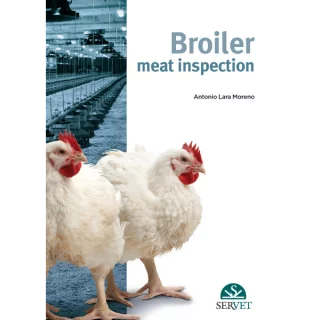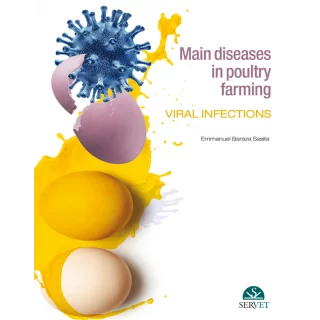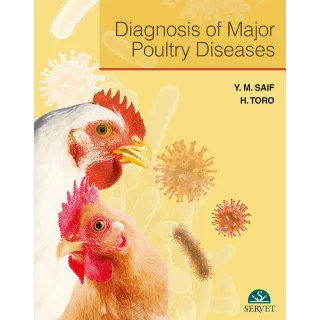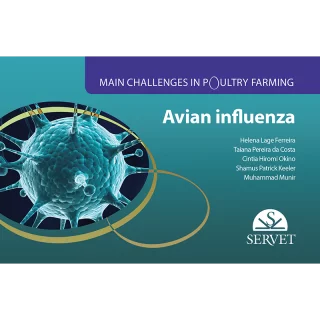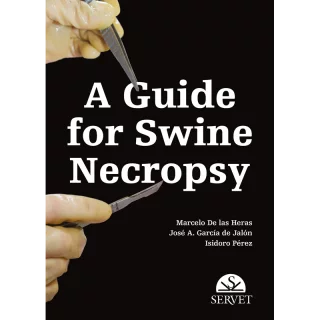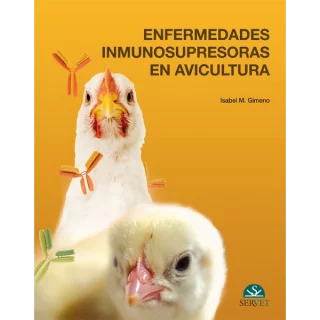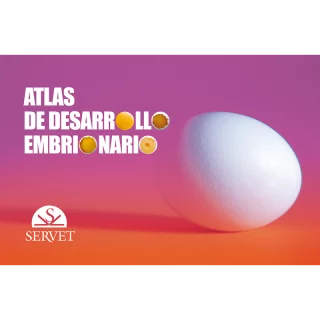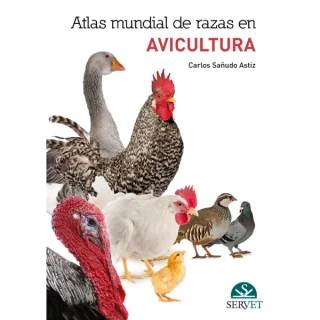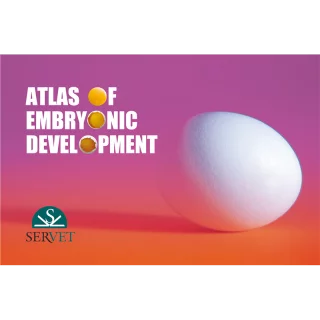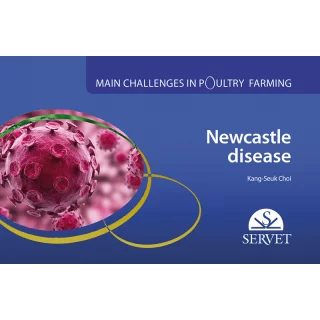Envíos a todo el mundo → Envío gratuito en compras superiores a 19€ (Península y Baleares)
This book describes the ideal protocols for the collection of samples from live animals and of environmental samples from the facilities, and addresses important aspects of sample collection. It also provides information about the samples of choice for the diagnosis of the most common diseases in commercial poultry flocks.
1. Introduction
Reasons for sampling. Importance Keys for correct sampling
Biosecurity in sampling
Microbiology samples
Molecular biology samples
Pathology samples
Other samples
Minimum data to accompany the samples
2. Biological samples
Blood and serum
Venipuncture of the cutaneous ulnar vein (wing vein)
Jugular vein puncture
Cardiac puncture
Handling of blood samples and serum collection
Material for blood and serum collection
Excrement
Faeces
Meconium
Upper respiratory tract samples
Tracheal swabs
Oropharyngeal swabs
3. Environmental samples from the poultry houses
Floor and surface samples
Sampling material
Dust
Boot swabs
Faeces
Microbiological control plates
Other samples
Water
Feed
4. Sample storage and submission
Storage conditions and submission of samples to the laboratory
Temperature
Time
5. Samples of choice for diagnosis
Samples of choice for the diagnosis of the major diseases in poultry production
- Autor/es Cristina Gómez Martínez, Sonia Téllez Peña
- Fecha de edición agosto 2019
- Nº Páginas 80
- Encuadernación Tapa blanda. Wire-o
- Tamaño 17 X 11
- Idioma Inglés



